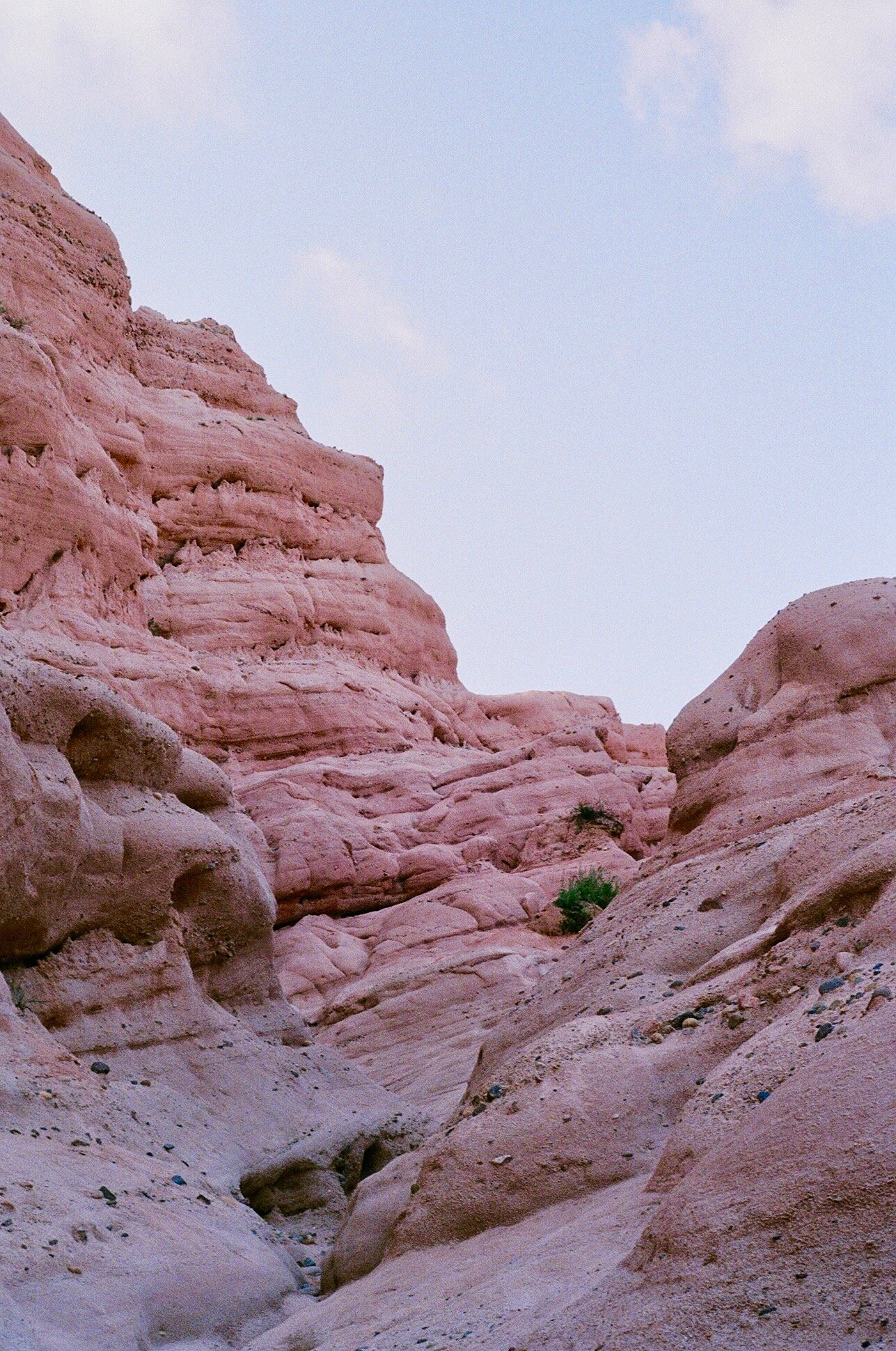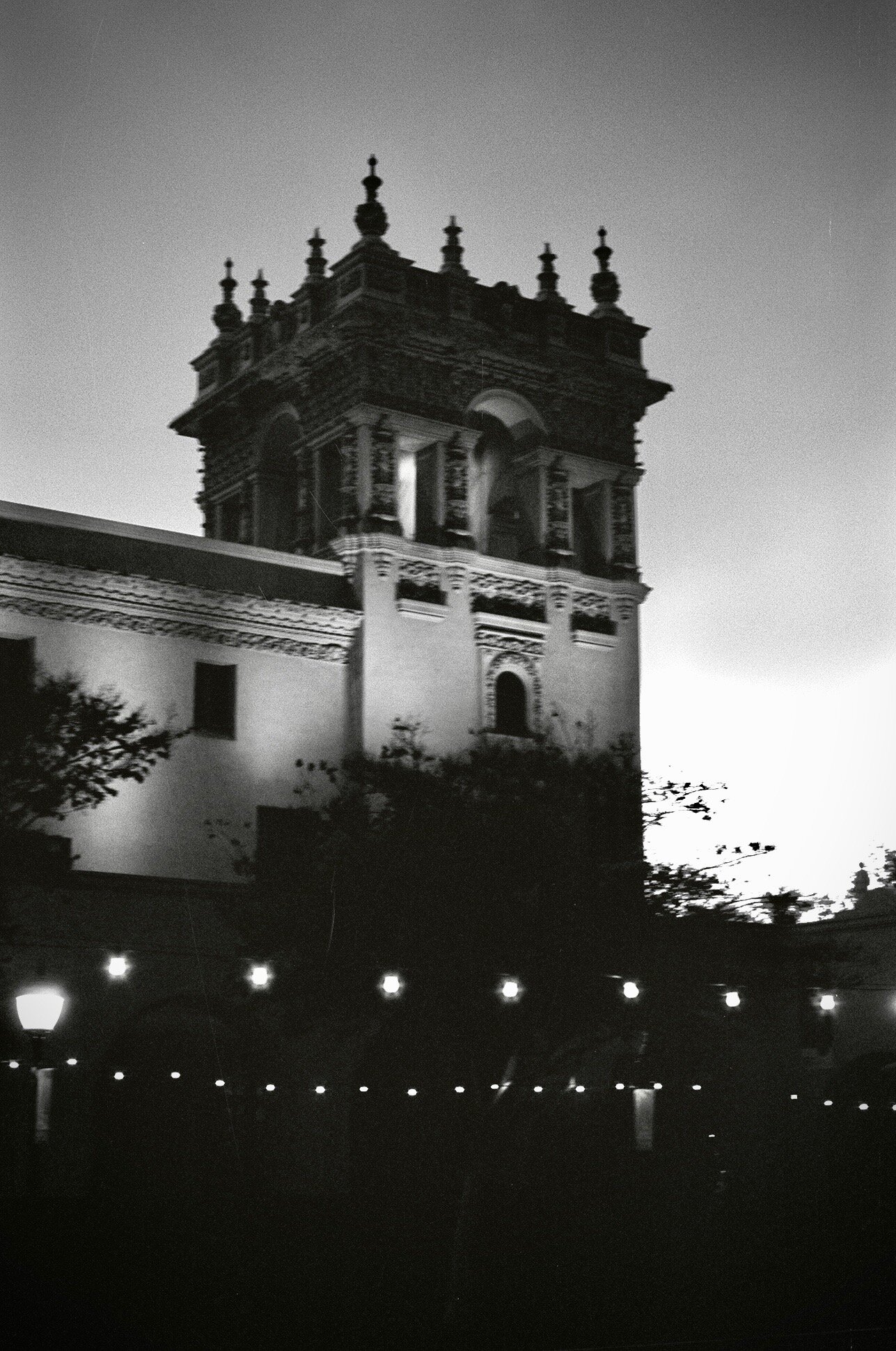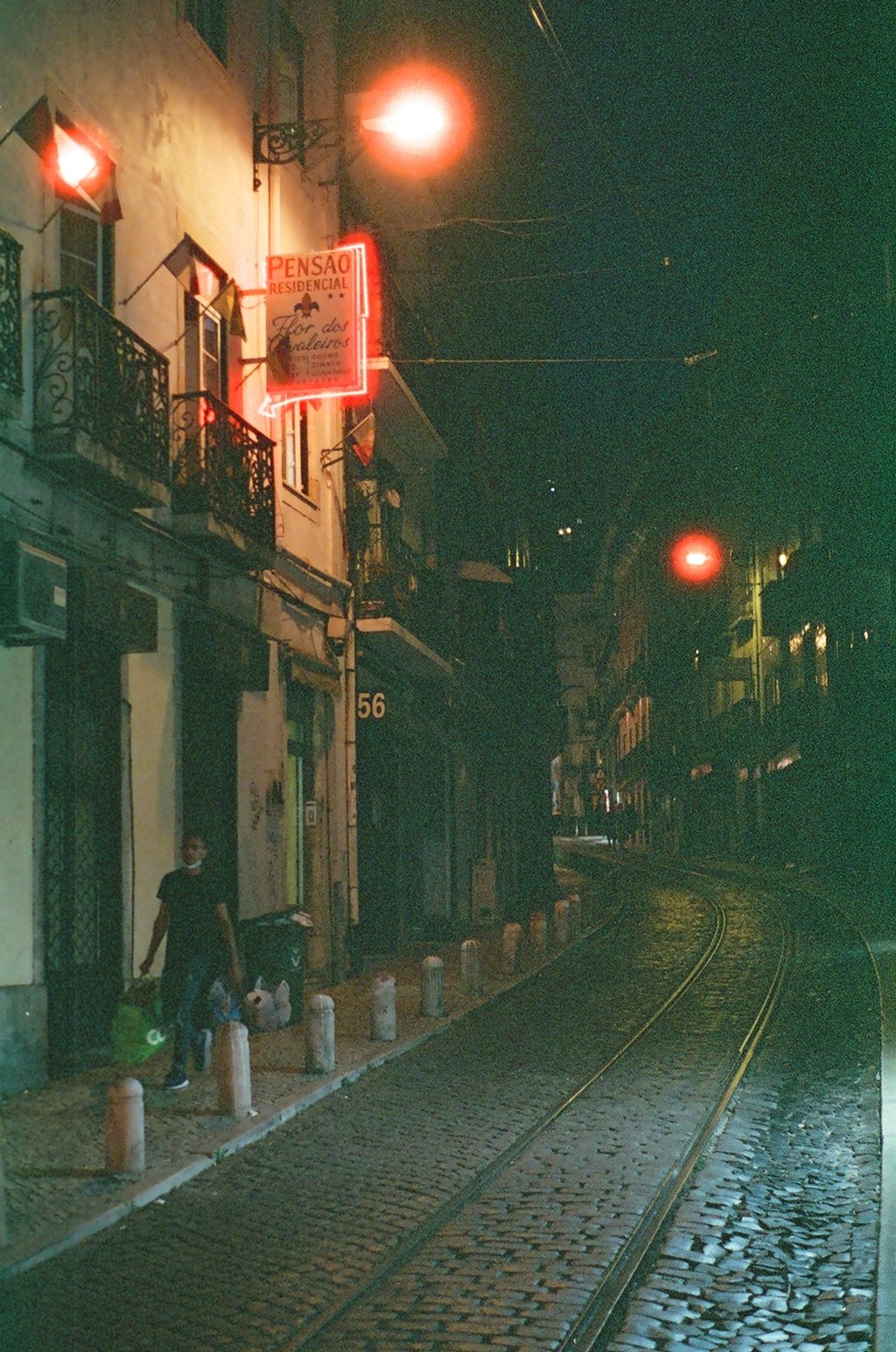WHITING RANCH

That we are in a unique time in history is not lost on me. To have the gears of globalization grind to a halt with the arrival of a previously unseen virus is a Black Swan Event, a markedly rare occurrence of which I’d feel comfortable identifying just three in my lifetime: this, the 2008 financial crisis and September 11th. Though, I might detachedly add, this is not a bonafide Black Swan event as its definition requires unpredictability. A global pandemic is about as far from such as possible; epidemiologists, health geographers and global security experts have been warning of this if-not-when event for literal decades and few listened (the only reason I’ve had any familiarity is because I’m a psychopathic map nerd who studied health geography and can’t imagine I’d otherwise give a damn).
That we’ve been forcibly slowed down and made to sit with ourselves and our thoughts while the world carries on...the significance of this, too, is not lost on me. Many have half-facetiously entertained the idea that this is the planet’s way of healing itself and I’m admittedly quite privy to the idea. The suffering is horrible and without question. Yet let us never forget that our time here is but a sliver in the grand dance that is our planet’s history, and our existence will one day recede back into that from which it came like the many pulchritudinous (< been waiting to deploy that word for awhile now) beings that came before us: the argentinosaurus, the diprodotons, and that awkward phase when land mammals slowly morphed into dolphins and played the evolutionary equivalent of Beached Whale for millennia.
This remembrance of where we came from is the source of healing for any of us humans at any scale, whether the individual, the community, or the nation. Such recognition can be pursued via many avenues inward and with varying degrees of difficulty and effort required. None, however, seem to topple going straight to the source. As one of my childhood heroes Edward Abbey would say,
“Wilderness is not a luxury but a necessity of the human spirit”.
To engage with wilderness is to be reminded of the pace at which the world from which we’ve arisen proceeds. Not the hectic cacophony of a New York street or an LA freeway (both of which readers know I’m guiltily in love with), but the slow churning, the language of the trees and rock and soil from which they grow: patience embodied.
When we walk through the open spaces still left we’re welcomed into the divine dance of geology, of physics, of ecology, of fluvial geomorphology. The notion that we’re trapped in eternity at the behest of a global pandemic is momentarily eroded in the face of something bigger, slower, and at rest in itself.
Not wanting to succumb to a black hole of tedium since my life regressed back to temporarily living at my parents while COVID-19 attacks my beloved city of New York, I decided to seek out beautiful places within Orange County that have yet to be shut down. Here in Laguna Beach, all beaches, parks and trails are shut down indefinitely. Not shut down is my dad’s bookshelf, on which sits a coffee table book of artist Edgar Payne’s Impressionist landscape paintings. Like Albert Bierdstadt mentioned in last week’s article, his heart was drawn most strongly to the West and thus the rugged landscapes of Utah, Arizona and later California were a constant subject of his works (he spent a good amount of time in Laguna Beach and painted some must-see’s of the coast prior to its over-settlement by wealthy people who neither care about the ocean, fishing nor know how to surf but instead buy up luxury homes in small towns and then spend their free time buying slippers like these at South Coast Plaza and frequenting the Urth Caffe but no no I’m not resentful at all I swear).
An Edgar Payne painting of Orange County in the early 1900s, near where the hike is located.
Paynes’ Canyon de Chelley, 1920, whose Arizona subject matter is nowhere near Orange County but neverthless encourages a search for the Western spirit we sought in our time in Whiting Ranch.
The desire to feel the sense of wonder that Payne’s beloved rock formations elicit led me to seek out a good hike within Orange County and the decision was made to venture out to Whiting Ranch. [for those of you who cannot leave your homes at all: I encourage you to take in as much art as possible, and music...so far the time spent mindfully taking in paintings and listening to full albums has been the true silver lining of this whole mess we’re all in].
Whiting Ranch, en route to Red Rock Canyon. Fletcher Berryman 2020. Pentax K1000. Kodak Gold 400.
Whiting Ranch, en route to Red Rock Canyon. Fletcher Berryman 2020. Pentax K1000. Kodak Gold 400.
Whiting Ranch, en route to Red Rock Canyon. Fletcher Berryman 2020. Pentax K1000. Kodak Gold 400.
Whiting Ranch, en route to Red Rock Canyon. Fletcher Berryman 2020. Pentax K1000. Kodak Gold 400.
Whiting Ranch, en route to Red Rock Canyon. Fletcher Berryman 2020. Pentax K1000. Kodak Gold 400.
Whiting Ranch, en route to Red Rock Canyon. Fletcher Berryman 2020. Pentax K1000. Kodak Gold 400.
The reserve in an exemplary landscape of what makes Orange County outside its beaches so special.. the coastal chaparral biome of Southern California. Comprised of sagebrush on hillsides and shady canyons filled with my two favorite tree species: the Coast Live Oak and the mighty California Sycamore. To those who’ve associated Orange County with kids driving their parents’ Range Rovers and fake-breasted yoga-pants-on-but-not-working-out moms smothering their diction with “like, like, like”, welcome to the real Orange County. Undulating hills of green and sienna filled with golden poppies and sage and wild mustard and yellow woodsorrel, draped with the bright oranges and pinks and reds and purples of the red rock peering down on the canyon from the ridge in the distance. In the few regions where this landscape still collides unabated with the sea...places like the Central Coast, the Channel Islands, Baja California...I don’t know where on Earth could come closer to paradise.
We hiked at sunset along the sandy riverbed, the setting sun lazily glistening on the waxy leaves of the Live Oaks and tall grasses underneath them. There’s a moment of experiencing synesthesia... I see the landscape as music, it’s a one-and-a-half-minute instrumental called Marcel by Teebs playing out in physical form... as Radiohead would say, everything in its right place.
We encountered a dirt patch overrun by a colony of Botta’s pocket gophers who’s mouths were swollen with collected food, pausing to watch them shyly pop in and out of their mounds with meek curiosity. The sense of being engulfed and swallowed in by the shade of the oaks and sycamores above is a rarity in a land known better for its dry, treeless hills of short shrub that inconveniently erupt into flames just as the summer season is kicking off each year.
Whiting Ranch, en route to Red Rock Canyon. Fletcher Berryman 2020. Pentax K1000. Kodak Gold 400.
Whiting Ranch, en route to Red Rock Canyon. Fletcher Berryman 2020. Pentax K1000. Kodak Gold 400.
Whiting Ranch, en route to Red Rock Canyon. Fletcher Berryman 2020. Pentax K1000. Kodak Gold 400.
Whiting Ranch, en route to Red Rock Canyon. Fletcher Berryman 2020. Pentax K1000. Kodak Gold 400.
The highlight of the trail is its terminus at Red Rock Canyon. The formations bear the noble scars of a battle with water and wind that’s rolled on for eons. A rainbow of strata winds from rim to rim, a box canyon cradling hikers in a final encore of earthen expression before inviting them to turn around and take that from which they’d just emerged.
The canyon below, the Red sun off in the distance, sagebrush and red-tail hawks above…
This is the California I love. This is home.
I hope one day, when all this is over,
You can love it too.

















